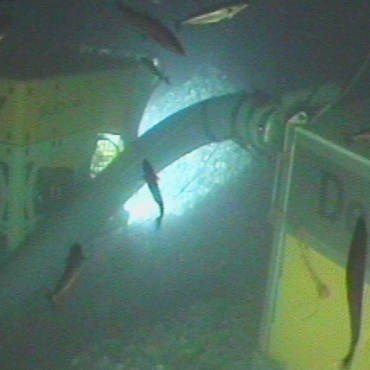
There are also giant stars that show enhanced carbon or oxygen abundances. Famously this has included objects where technetium has been detected - this has a short half-life so demonstrates it must have been made inside the star - and also objects like "barium giants" - again, rich in heavy elements produced in the s-process. Thus asymptotic giant stars can be observed with all sorts of "chemical anomalies". The heavier elements are produced by "slow" neutron capture (aka the s-process). If you pick a star that is a little more massive, maybe 1.1 solar masses such that it has reached the asymptotic giant branch after its main sequence and red giant phases, then carbon, oxygen, nitrogen and a variety of much heavier elements are being produced in the interior and mixed to the surface by convection. There is a tendency for the heavier elements it was born with to sink with age, but this is stymied by the outer convective layer that stops this diffusion from occurring, other than to increase the surface helium abundance a little.

It will be on the main sequence, fusing hydrogen to helium via the pp chain, which does not change the abundance of metals.

If the star is a solar mass or below it will not produce any metals (anything heavier than helium) within 10 billion years of birth.


 0 kommentar(er)
0 kommentar(er)
